Miles Davis Quintet - The First Great Quintet (2021) [Hi-Res]
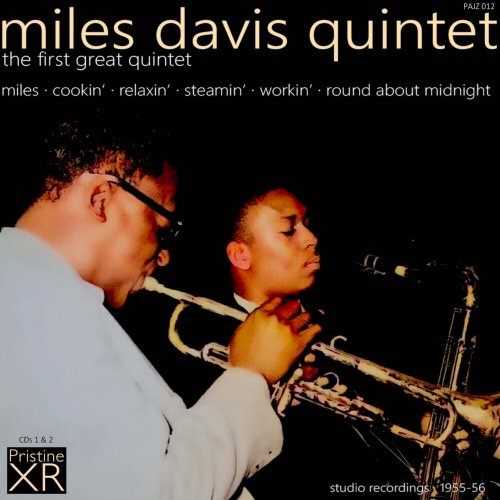
Artist: Miles Davis Quintet, Miles Davis, John Coltrane, Red Garland, Paul Chambers, Philly Joe Jones
Title: The First Great Quintet
Year Of Release: 2021
Label: Pristine Classical
Genre: Jazz
Quality: FLAC (tracks) [44.1kHz/24bit]
Total Time: 3:51:16
Total Size: 2.51 / 1.34 GB
WebSite: Album Preview
Tracklist:Title: The First Great Quintet
Year Of Release: 2021
Label: Pristine Classical
Genre: Jazz
Quality: FLAC (tracks) [44.1kHz/24bit]
Total Time: 3:51:16
Total Size: 2.51 / 1.34 GB
WebSite: Album Preview
DISC ONE
1. Stablemates (5:22)
2. How Am I To Know (4:40)
3. Just Squeeze Me (7:28)
4. There Is No Greater Love (5:20)
5. The Theme (5:52)
6. S'posin' (5:16)
7. Ahmad's Blues (7:25)
8. Surrey With The Fringe On Top (9:06)
9. It Never Entered My Mind (5:24)
10. When I Fall In Love (4:25)
11. Salt Peanuts (6:09)
12. Four (7:15)
13. The Theme (Take 1) (2:01)
14. The Theme (Take 2) (1:05)
DISC TWO
1. 'Round Midnight (5:58)
2. Ah-Leu-Cha (5:53)
3. All Of You (7:04)
4. Bye Bye Blackbird (7:58)
5. Tadd's Delight (4:29)
6. Dear Old Stockholm (7:56)
7. In Your Own Sweet Way (5:45)
8. Diane (7:50)
9. Trane's Blues (8:35)
10. Something I Dreamed Last Night (6:15)
11. It Could Happen To You (6:39)
12. Woody'n You (5:05)
DISC THREE
1. It I Were A Bell (8:19)
2. Well, You Needn't (6:21)
3. 'Round Midnight (5:23)
4. Half Nelson (4:47)
5. You're My Everything (5:20)
6. I Could Write A Book (5:11)
7. Oleo (6:19)
8. Airegin (4:24)
9. Tune Up (5:38)
10. When Lights Are Low (7:26)
11. Blues By Five (9:54)
12. My Funny Valentine (6:00)
Miles Davis Quintet:
Miles Davis, trumpet
John Coltrane, tenor saxophone
Red Garland, piano
Paul Chambers, double bass
Philly Joe Jones, drums
• "The quintet—or, as many critics referred to it: The Quintet—recorded their first-to-be-released album on November 16, 1955 in Rudy Van Gelder’s Hackensack, New Jersey studio. The resulting album, simply titled Miles, is relaxed and swinging. Highlights include a lovely version of the Ellington chestnut “Just Squeeze Me” and Benny Golson’s “Stablemates.” Speaking of stables, critics have remarked how Coltrane at this point in his development sounds like a young colt attempting to stand on wobbly legs. However, I hear an adventurous young artist, closing his eyes and taking a deep breath before launching into passionate solos. Combined with Davis’ spare, less-is-more style, the effect is perfect.
Miles was released on Bob Weinstock’s Prestige record label. The quintet, however, had secretly recorded for Columbia Records in late October, 1955. Columbia executive George Avakian was offering Miles big money—$300,000 in 1950s dollars!—to sign with the label, but Miles still owed Prestige four albums.
So on May 11 and October 26, 1956, the quintet entered Van Gelder’s home studio to lay down four of the greatest jazz albums ever: Cookin’, Relaxin’, Workin’, and Steamin’. If one is talking desert island discs, give me these four albums; Louis Armstrong’s Hot 5s and 7s; Duke Ellington’s Blanton-Webster Band recordings; (and a desert isle wired for electricity); and I’ll be a happy lad.
Recorded in Van Gelder’s state-of-the-art studio much like four nightclub sets, these albums are an embarrassment of riches. Where does one start? Cookin’: “My Funny Valentine,” “Blues by Five,” “Airegin,” “When Lights Are Low.” Relaxin’: “If I Were a Bell,” “I Could Write a Book,” “You’re My Everything,” “Oleo,” “Woody’N You;” Workin’: “It Never Entered My Mind,” “Four,” “In Your Own Sweet Way,” “Trane’s Blues.” Steamin’: “Surrey With the Fringe on Top,” “Salt Peanuts,” “Well, You Needn’t,” “When I Fall in Love.”
And believe me, folks, there are many more incredible tracks spread across these four albums. The five musicians spent two days in Hackensack, producing musical statements that will be enjoyed as long as people have ears and taste.
In 1957 Columbia released the quintet’s classic ‘Round About Midnight album, compiled from sessions recorded in Manhattan on October 27, 1955; June 5, 1956; and September 10, 1956. By 1957, however, The Quintet was no more. Miles, the recovered junkie, fired both Coltrane and Philly Joe in March for unreliability caused by the needle. Trane returned home to Philadelphia, where he kicked his habit for good. By that summer he was blowing wildly at Greenwich Village’s Five Spot in a legendary band led by Thelonious Monk.
In the next three years, Miles would record the masterpieces Miles Ahead, Milestones, Porgy and Bess, Kind of Blue and Sketches of Spain for Columbia, working with artists such as Gil Evans, Bill Evans, and Cannonball Adderley. In the 1960s he would gather together four young men—Wayne Shorter, Herbie Hancock, Ron Carter, and Tony Williams—who would form a quintet as celebrated as the one just discussed.
Yet for fans of a certain age, the Miles Davis Quintet of 1955-56 remains one of the most beloved of all small jazz bands. For many listeners, Miles, Trane, Red, Mr. P.C., and Philly Joe remain The Quintet."
- Mick Carlon, Jazz Times, 2011
• I've had copies of these legendary albums in my collection for about 30 years. They remain an essential document of an incredible ensemble at its all-too-brief brief peak, and have been among my favourite jazz recordings since I first discovered them in my early twenties.
And yet I always had a problem with the sound of them. After the excellent 1960s Columbia recordings of the Second great quintet, listening to the First always seemed like going back to another sonic era. It's not just the mono sound, it's the whole thing - constricted, narrow, dull even. It was a time at which recording technology was advancing incredibly quickly, hence the world of difference between the sound of these recordings and those Miles Davis would record a decade later.
A recent acquisition of the Prestige recordings on vinyl prompted me to see whether anything might be done, using Pristine's Ambient Stereo XR remastering system, to breathe new life into these classic recordings. I started working on them about four months ago and quickly discovered that incredible things were indeed possible. And so, in celebration of what would be Miles Davis' 95th birthday, here they are. What began as a personal project seems just too good not to share - I hope you enjoy them as much as I do.
Andrew Rose
Miles was released on Bob Weinstock’s Prestige record label. The quintet, however, had secretly recorded for Columbia Records in late October, 1955. Columbia executive George Avakian was offering Miles big money—$300,000 in 1950s dollars!—to sign with the label, but Miles still owed Prestige four albums.
So on May 11 and October 26, 1956, the quintet entered Van Gelder’s home studio to lay down four of the greatest jazz albums ever: Cookin’, Relaxin’, Workin’, and Steamin’. If one is talking desert island discs, give me these four albums; Louis Armstrong’s Hot 5s and 7s; Duke Ellington’s Blanton-Webster Band recordings; (and a desert isle wired for electricity); and I’ll be a happy lad.
Recorded in Van Gelder’s state-of-the-art studio much like four nightclub sets, these albums are an embarrassment of riches. Where does one start? Cookin’: “My Funny Valentine,” “Blues by Five,” “Airegin,” “When Lights Are Low.” Relaxin’: “If I Were a Bell,” “I Could Write a Book,” “You’re My Everything,” “Oleo,” “Woody’N You;” Workin’: “It Never Entered My Mind,” “Four,” “In Your Own Sweet Way,” “Trane’s Blues.” Steamin’: “Surrey With the Fringe on Top,” “Salt Peanuts,” “Well, You Needn’t,” “When I Fall in Love.”
And believe me, folks, there are many more incredible tracks spread across these four albums. The five musicians spent two days in Hackensack, producing musical statements that will be enjoyed as long as people have ears and taste.
In 1957 Columbia released the quintet’s classic ‘Round About Midnight album, compiled from sessions recorded in Manhattan on October 27, 1955; June 5, 1956; and September 10, 1956. By 1957, however, The Quintet was no more. Miles, the recovered junkie, fired both Coltrane and Philly Joe in March for unreliability caused by the needle. Trane returned home to Philadelphia, where he kicked his habit for good. By that summer he was blowing wildly at Greenwich Village’s Five Spot in a legendary band led by Thelonious Monk.
In the next three years, Miles would record the masterpieces Miles Ahead, Milestones, Porgy and Bess, Kind of Blue and Sketches of Spain for Columbia, working with artists such as Gil Evans, Bill Evans, and Cannonball Adderley. In the 1960s he would gather together four young men—Wayne Shorter, Herbie Hancock, Ron Carter, and Tony Williams—who would form a quintet as celebrated as the one just discussed.
Yet for fans of a certain age, the Miles Davis Quintet of 1955-56 remains one of the most beloved of all small jazz bands. For many listeners, Miles, Trane, Red, Mr. P.C., and Philly Joe remain The Quintet."
- Mick Carlon, Jazz Times, 2011
• I've had copies of these legendary albums in my collection for about 30 years. They remain an essential document of an incredible ensemble at its all-too-brief brief peak, and have been among my favourite jazz recordings since I first discovered them in my early twenties.
And yet I always had a problem with the sound of them. After the excellent 1960s Columbia recordings of the Second great quintet, listening to the First always seemed like going back to another sonic era. It's not just the mono sound, it's the whole thing - constricted, narrow, dull even. It was a time at which recording technology was advancing incredibly quickly, hence the world of difference between the sound of these recordings and those Miles Davis would record a decade later.
A recent acquisition of the Prestige recordings on vinyl prompted me to see whether anything might be done, using Pristine's Ambient Stereo XR remastering system, to breathe new life into these classic recordings. I started working on them about four months ago and quickly discovered that incredible things were indeed possible. And so, in celebration of what would be Miles Davis' 95th birthday, here they are. What began as a personal project seems just too good not to share - I hope you enjoy them as much as I do.
Andrew Rose
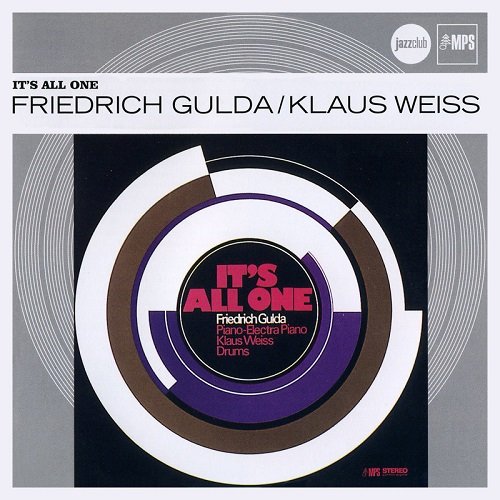
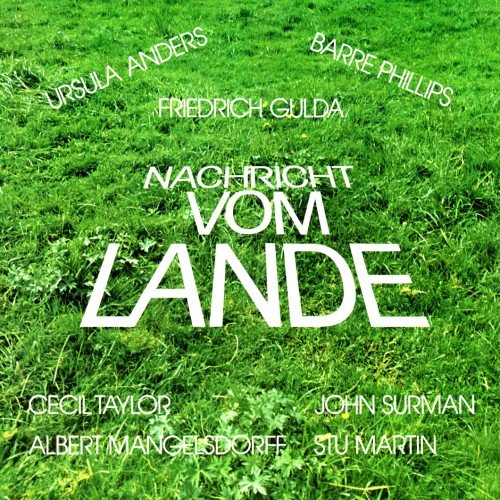
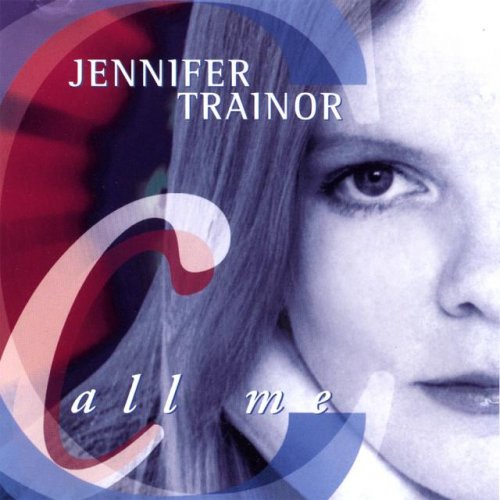
![VA - Bossa n' Collins (2026) [Hi-Res] VA - Bossa n' Collins (2026) [Hi-Res]](https://www.dibpic.com/uploads/posts/2026-01/1767358905_z6fj4mp1lrn4a_600.jpg)


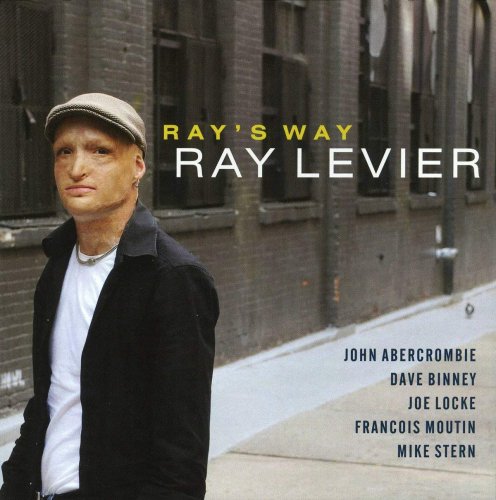
![Manny Albam and His Jazz Greats - Play Music from West Side Story (Remastered Edition) (2025) [Hi-Res] Manny Albam and His Jazz Greats - Play Music from West Side Story (Remastered Edition) (2025) [Hi-Res]](https://www.dibpic.com/uploads/posts/2026-01/1767257208_maws500.jpg)
![Pymlico - Core (2025) [Hi-Res] Pymlico - Core (2025) [Hi-Res]](https://img.israbox.com/img/2026-01/03/l6kyknum5dngl5wzvdg0owfy4.jpg)